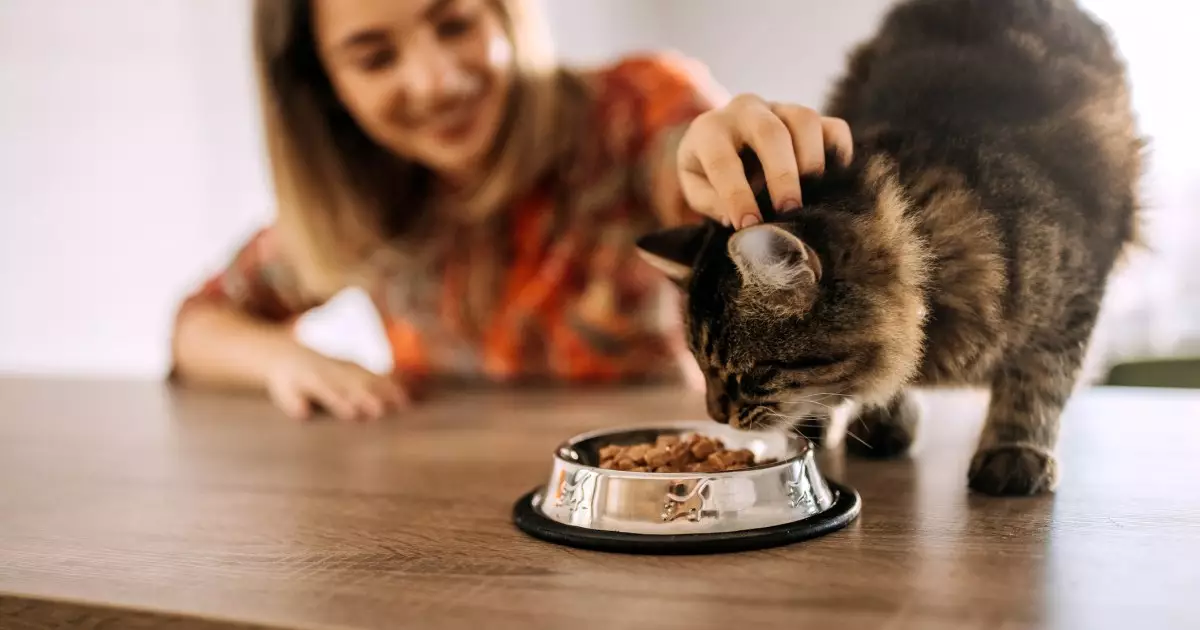Pet ownership comes with a plethora of responsibilities, one of which is ensuring that your feline companion receives a well-balanced diet. One popular method of feeding is free feeding, which allows cats to graze on their food throughout the day. While this approach may sound appealing due to its convenience, it warrants deeper scrutiny to determine whether it truly benefits our pets in the long run. This article will delve into the intricacies of free feeding, exploring its motivations, potential pitfalls, and alternative feeding practices to help you make an informed decision for your beloved pet.
Free feeding resonates with many cat owners, particularly those with hectic lifestyles or multiple cats. The allure lies in the perceived convenience of allowing cats to eat at their leisure. In multi-cat households, free feeding can seem like an egalitarian approach, providing every cat access to food irrespective of their individual needs. Furthermore, some caregivers adopt this method under the impression that it may alleviate stress or anxiety associated with routine feeding times. After all, who wouldn’t want their cat to feel secure and free from the worries of mealtime?
However, while the initial appeal of free feeding is understandable, it is crucial to weigh these perceived benefits against the potential risks that might accompany this feeding method.
One of the most pressing concerns regarding free feeding is the alarming potential for overeating. Cats, particularly those who enjoy the taste of their food, may indulge to the point of obesity if left unsupervised with their meals. The struggle to monitor their caloric intake can contribute to serious long-term health issues, including diabetes and joint problems. This is especially concerning given the rising trend of obesity in domestic cats.
Another overlooked aspect of free feeding involves hydration. According to veterinary experts, feeding cats dry food without limits can lead to chronic dehydration. Each grazing session requires a cat to utilize their body’s moisture to process their food, which can place an undue strain on their urinary system. Keeping track of whether your cat is drinking enough water becomes more challenging without a structured feeding method to guide their routine.
Free feeding may also disturb your cat’s natural behavioral patterns. Cats are instinctively hunters and foragers, expected to hunt for their meals in the wild. Scheduled feeding taps into this instinctual rhythm, allowing for regular feeding times that mirror their natural hunting habits. By adopting a free feeding practice, you may inadvertently disrupt this essential behavioral pattern, leading to stress or boredom in your pet.
Moreover, regular feeding schedules offer a predictability that simplifies other aspects of pet care, such as litter box management. By feeding at set times, cat owners can anticipate when their furry friends will need to relieve themselves, promoting consistent litter box maintenance. In contrast, the unpredictability associated with free feeding can lead to a more challenging cleaning routine, ultimately detracting from the enjoyment of pet ownership.
Given the considerable risks associated with free feeding, a more structured feeding routine may be prudent for the health and well-being of your cat. Scheduled feeding helps monitor dietary intake effectively, allowing you to detect any fluctuations in appetite that could signal health issues. Additionally, limiting food intake to specific times can help control weight and encourage necessary hydration.
If you opt for free feeding, it is vital to exercise caution. Portion control, regular exercise, and close monitoring of your cat’s eating habits can mitigate some of the risks discussed earlier. Consulting with a veterinarian is always advisable to tailor a nutritional plan that meets your cat’s specific needs, ensuring a healthy balance between convenience and care.
As a responsible pet parent, understanding the implications of free feeding is essential for making informed choices about your cat’s diet. While the method offers certain conveniences, the potential health risks warrant careful consideration. By weighing the pros and cons and possibly leaning towards a structured feeding routine, you can ensure that your furry friend remains happy and healthy for years to come.


Leave a Reply